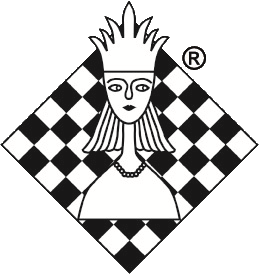In 1962 the Chess Olympiad took place in September/October in Varna, Bulgaria. There were a total of 37 teams. The Soviet Union took first place in group 1, scoring 31½ points. Second was Yugoslavia, with 28, third Argentian, with 26, followed by the US with 25 points. The Soviet team consisted of Botvinnik, Petrosian, Spassky, Keres, Geller, and Tal; the American team of Fischer, Benko, Evans, R. Byrne, D. Byrne and Mednis. Fischer personally scored 88.23%, narrowly missing the individual gold medal (Tigran Petrosian had 88.46%)
Garry Kasparov in his book On my great Predecessors IV says: "The central event of the [Varna] Olympiad was, of course, the Botvinnik-Fischer game." And this has a point: the Soviet Union was such a favorite that the outcome of the Olympiad was never in doubt. But in one individual game, of course, Bobby could harbor hopes to win.
The game almost did not take place, since the Soviets considered "resting" Botvinnik in the round against the US. But then he did turn up and the world was treated to an truly exciting game.
 Bobby Fischer's encounter with Mikhail Botvinnik made the cover of Chess Life (October 1962). In Fischer's My 60 Memorable Games it is number 39 and gets 14 pages of notes and analysis.
Bobby Fischer's encounter with Mikhail Botvinnik made the cover of Chess Life (October 1962). In Fischer's My 60 Memorable Games it is number 39 and gets 14 pages of notes and analysis.
In his introduction to the game GM Larry Evans writes:
This dramatic meeting between the generations took place on board 1 after it was rumored that Botvinnik would be given a "rest day" against the American team. But it was fated that Fischer, at last, albeit with Black, would have a crack at the world champion.
Walking into a prepared variation, Fischer promptly refutes it. "The reader can guess that my equanimity was wrecked," confesses Botvinnik, whose notes are incorporated here. Nervously, he proceeds to run his still tenable position downhill.
But Fischer, instead of nursing his winning advantage, simplifies too quickly and reaches an adjournment where victory is problematical. After a sleepless night of analysis, Botvinnik finds a stunning defense. Fischer engages in a seemingly harmless transposition of moves (51 . . . P - QN4), and falls into a pit—throwing away the win he maintains was still there. – Evans, in In Fischer's My 60 Memorable Games, p.240.

Sample of the Botvinnik-Fischer analysis in My 60 Memorable Games
Fischer came well out of the opening in his game against Botvinnik and was winning after the time control. But then strange and puzzling things happened. Bobby put it like this in a letter to Bernard Zuckerman:
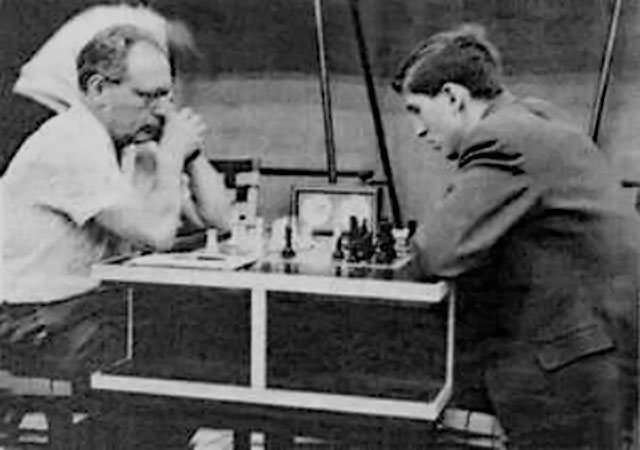 "The first half of the tournament I played well, but in the second half I really patzed up one game after another. Botvinnik could have safely resigned against me but I fell into the obvious silly chepo [sic] you can imagine. He looked like he was dying all through the game. He was gasping, turning colors and looked like he was ready to [be] carried out on a stretcher. BUT - when I blundered and he caught me in his trap he was the old Botvinnik again. He buffed his chest out, strode away from the table as if he were a giant, etc."
"The first half of the tournament I played well, but in the second half I really patzed up one game after another. Botvinnik could have safely resigned against me but I fell into the obvious silly chepo [sic] you can imagine. He looked like he was dying all through the game. He was gasping, turning colors and looked like he was ready to [be] carried out on a stretcher. BUT - when I blundered and he caught me in his trap he was the old Botvinnik again. He buffed his chest out, strode away from the table as if he were a giant, etc."
The deep endgame has been discussed in many sources since then. But it seems that it has not given away all its secrets yet. So I need your help. The most interesting phase starts with Bobby's 41st move:
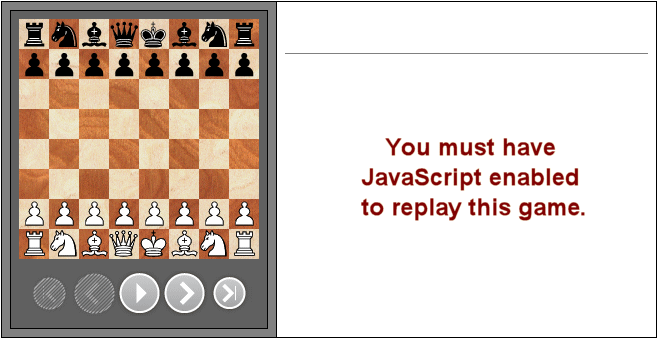
[Event "Varna ol (Men) fin-A"] [Site "Varna"] [Date "1962.??.??"] [Round "10"] [White "Botvinnik, Mikhail"] [Black "Fischer, Robert James"] [Result "1/2-1/2"] [ECO "D98"] [Annotator "Karsten Müller"] [SetUp "1"] [FEN "8/p6p/1p4p1/2n3k1/3r4/2R3KP/P1B2P2/8 b - - 0 41"] [PlyCount "54"] [EventDate "1962.09.16"] [EventType "team"] [EventRounds "11"] [EventCountry "BUL"] [SourceTitle "MCD"] [Source "ChessBase"] [SourceDate "1999.07.01"] [SourceVersion "1"] [SourceVersionDate "1999.07.01"] [SourceQuality "1"] [WhiteTeam "Soviet Union"] [BlackTeam "US of America"] [WhiteTeamCountry "URS"] [BlackTeamCountry "USA"] {The old riddle of Botvinnik vs Fischer Garry Kasparov in On my great Predecessors IV goes as far as to say: "The central event of the Olympiad was, of course, the Botvinnik-Fischer game." The deep endgame has been discussed in many sources since then. But it seems that it has not given away all its secrets yet. So I need your help. The most interesting phase starts with Bobby's 41st move:} 41... Ne4+ 42. Bxe4 Rxe4 43. Ra3 Re7 44. Rf3 Rc7 45. a4 { The game was adjourned and Fischer sealed} Rc5 46. Rf7 Ra5 47. Rxh7 Rxa4 48. h4+ Kf5 49. Rf7+ Ke5 50. Rg7 Ra1 51. Kf3 b5 $6 ({In his epic work My 60 Memorable Games Bobby gave a proof that} 51... Kd4 {wins. Is this correct?}) 52. h5 $1 {Geller's fantastic idea, which was found in the middle of the night in the analysis of the adjournment.} Ra3+ 53. Kg2 gxh5 54. Rg5+ Kd6 55. Rxb5 h4 56. f4 Kc6 57. Rb8 h3+ 58. Kh2 a5 59. f5 Kc7 60. Rb5 Kd6 61. f6 Ke6 62. Rb6+ Kf7 63. Ra6 Kg6 64. Rc6 a4 65. Ra6 Kf7 66. Rc6 Rd3 67. Ra6 a3 68. Kg1 {"With a face as white as a sheet, Fischer shook my hand and left the hall with tears in his eyes." (Botvinnik) So your job is: Was 41...Ne4+ a mistake which leads from a winning position to a drawn rook ending ? Was the rook ending always drawn ? Does Fischer's suggestion 51...Kd4 win ?} 1/2-1/2
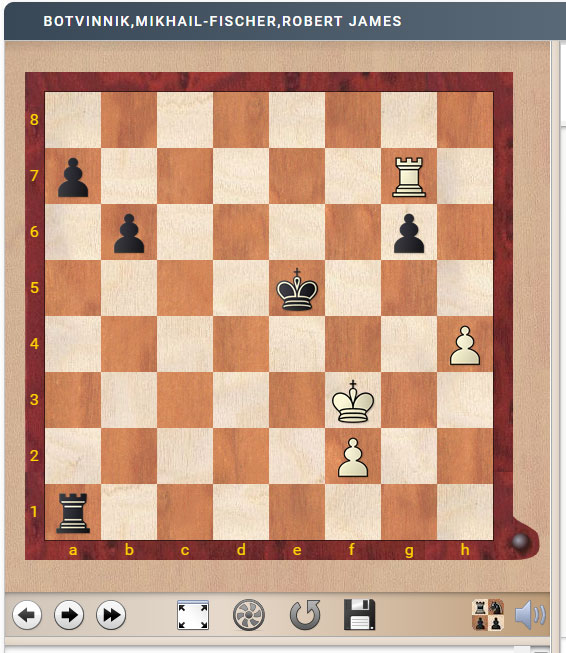 You probably know that in our replay boards there are a Aftlarge number of functions you can use to really appreciate the games. Recently we published a comprehensive tutorial on how to get the most out of the live broadcast game viewer. Learn about all the powerful features and buttons that make the ChessBase's replay one of the best watching experiences around.
You probably know that in our replay boards there are a Aftlarge number of functions you can use to really appreciate the games. Recently we published a comprehensive tutorial on how to get the most out of the live broadcast game viewer. Learn about all the powerful features and buttons that make the ChessBase's replay one of the best watching experiences around.
One big advantage is that you can start an engine (fan icon) that will help you to analyse. You can get multiple lines of analysis by clicking the + button to the right of the engine analysis window. The "!" key, incidentally, shows you the threat in any position, which is incredibly useful in the case of unclear moves.
 There is one more thing you can do. It is a lot of fun, but also a serious challenge: Click on the rook icon below the notation window. This will allow you the play the above position against Fritz, at your level of playing strength (e.g. "Club Player"), right here on the news page. Note that your analysis, in shich you can delete, move or promote lines, is stored in the notation as new variations. In the end you will find the game with your analysis in the cloud. So nothing is ever lost.
There is one more thing you can do. It is a lot of fun, but also a serious challenge: Click on the rook icon below the notation window. This will allow you the play the above position against Fritz, at your level of playing strength (e.g. "Club Player"), right here on the news page. Note that your analysis, in shich you can delete, move or promote lines, is stored in the notation as new variations. In the end you will find the game with your analysis in the cloud. So nothing is ever lost.
Please send any analysis you have, or the games you played from the above position against the built-in engine, to Karsten Müller You may also like to use more powerful engines to assist you in your efforts. Fat Fritz, for instance, goes for some unconventional continuations and surprises. I will evaluate your submissions and discuss them with you.
The most popular chess program offers you everything you will need as a dedicated chess enthusiast, with innovative training methods for amateurs and professionals alike.
The best contribution to our final appraisal of the position will receive a ChessBase software product, signed by at least one World Champion.
Fischer's challenge
Incidentally, Botvinnik tells us that after the game in Varna Fischer's face was white as a sheet. He shook Botvinnik's hand, and "with tears in his eyes he left the hall." Later in the year he published an article entitled "The Russians Have Fixed World Chess" in which he challenged the World Champion:
"I personally would be willing to play a match with Botvinnik at any time, letting him decide the minimum and maximum stakes we would play for, and the time and place. I would go so far as to spot him the advantage of two points in a match of 24 points. It isn't conceit that leads me to say I could come out the victor with ease in such a competition; it is simply that Botvinnik has been world champion too long, his reign perpetuated by the system that selects his opponents, and he is no longer a chess master of championship caliber."
The British newspaper The People offered to cover the costs of a match in London. But Botvinnik was not interested. He commented the challenge with a touch of humour: "If Fischer wants to spot me two points, I'll spot him two pawns in each game." The match, of course, never took place.
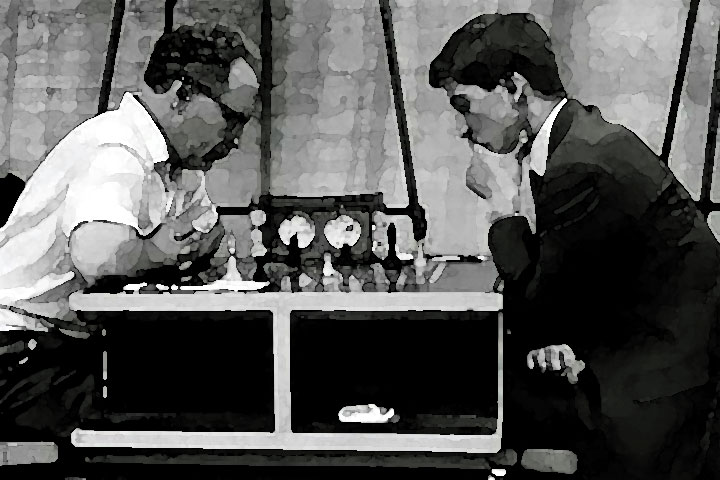













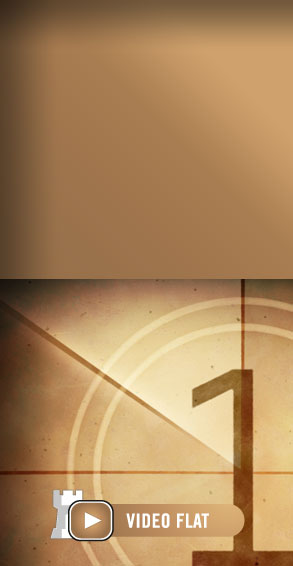
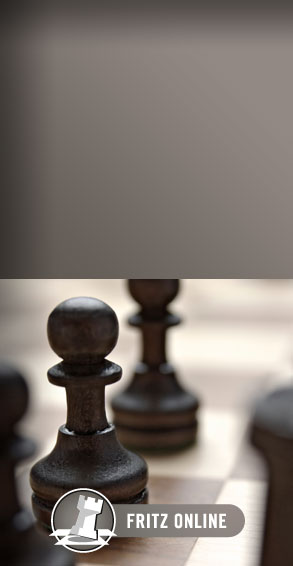
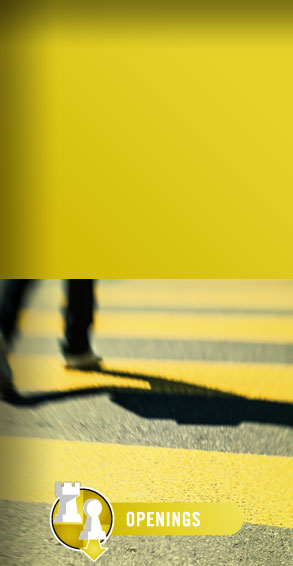
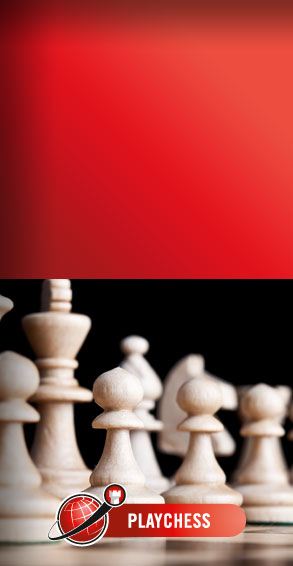
 Bobby Fischer's encounter with Mikhail Botvinnik made the cover of Chess Life (October 1962). In Fischer's My 60 Memorable Games it is number 39 and gets 14 pages of notes and analysis.
Bobby Fischer's encounter with Mikhail Botvinnik made the cover of Chess Life (October 1962). In Fischer's My 60 Memorable Games it is number 39 and gets 14 pages of notes and analysis.
 "The first half of the tournament I played well, but in the second half I really patzed up one game after another. Botvinnik could have safely resigned against me but I fell into the obvious silly chepo [sic] you can imagine. He looked like he was dying all through the game. He was gasping, turning colors and looked like he was ready to [be] carried out on a stretcher. BUT - when I blundered and he caught me in his trap he was the old Botvinnik again. He buffed his chest out, strode away from the table as if he were a giant, etc."
"The first half of the tournament I played well, but in the second half I really patzed up one game after another. Botvinnik could have safely resigned against me but I fell into the obvious silly chepo [sic] you can imagine. He looked like he was dying all through the game. He was gasping, turning colors and looked like he was ready to [be] carried out on a stretcher. BUT - when I blundered and he caught me in his trap he was the old Botvinnik again. He buffed his chest out, strode away from the table as if he were a giant, etc."
 You probably know that in our replay boards there are a Aftlarge number of functions you can use to really appreciate the games. Recently we published
You probably know that in our replay boards there are a Aftlarge number of functions you can use to really appreciate the games. Recently we published  There is one more thing you can do. It is a lot of fun, but also a serious challenge: Click on the rook icon below the notation window. This will allow you the play the above position against Fritz, at your level of playing strength (e.g. "Club Player"), right here on the news page. Note that your analysis, in shich you can delete, move or promote lines, is stored in the notation as new variations. In the end you will find the game with your analysis in the cloud. So nothing is ever lost.
There is one more thing you can do. It is a lot of fun, but also a serious challenge: Click on the rook icon below the notation window. This will allow you the play the above position against Fritz, at your level of playing strength (e.g. "Club Player"), right here on the news page. Note that your analysis, in shich you can delete, move or promote lines, is stored in the notation as new variations. In the end you will find the game with your analysis in the cloud. So nothing is ever lost.



